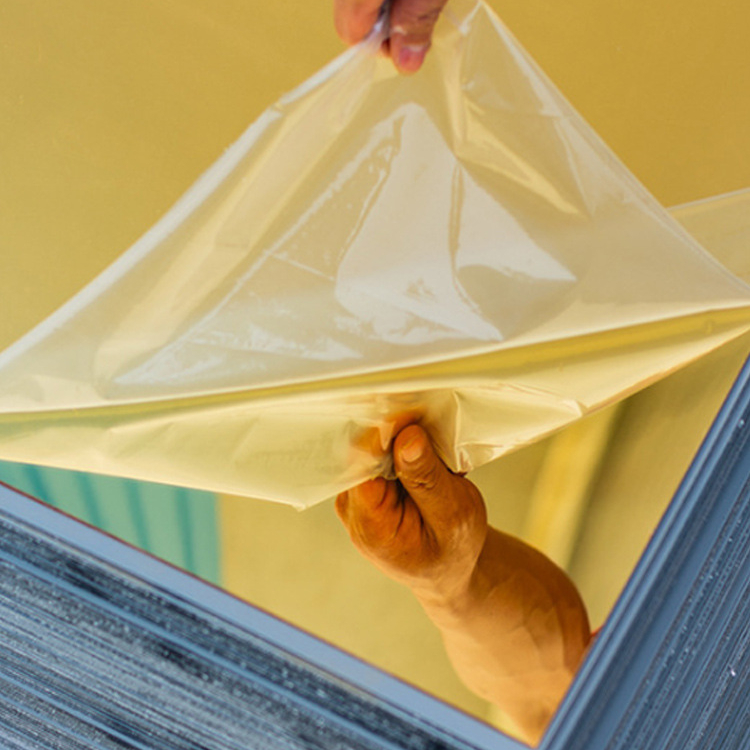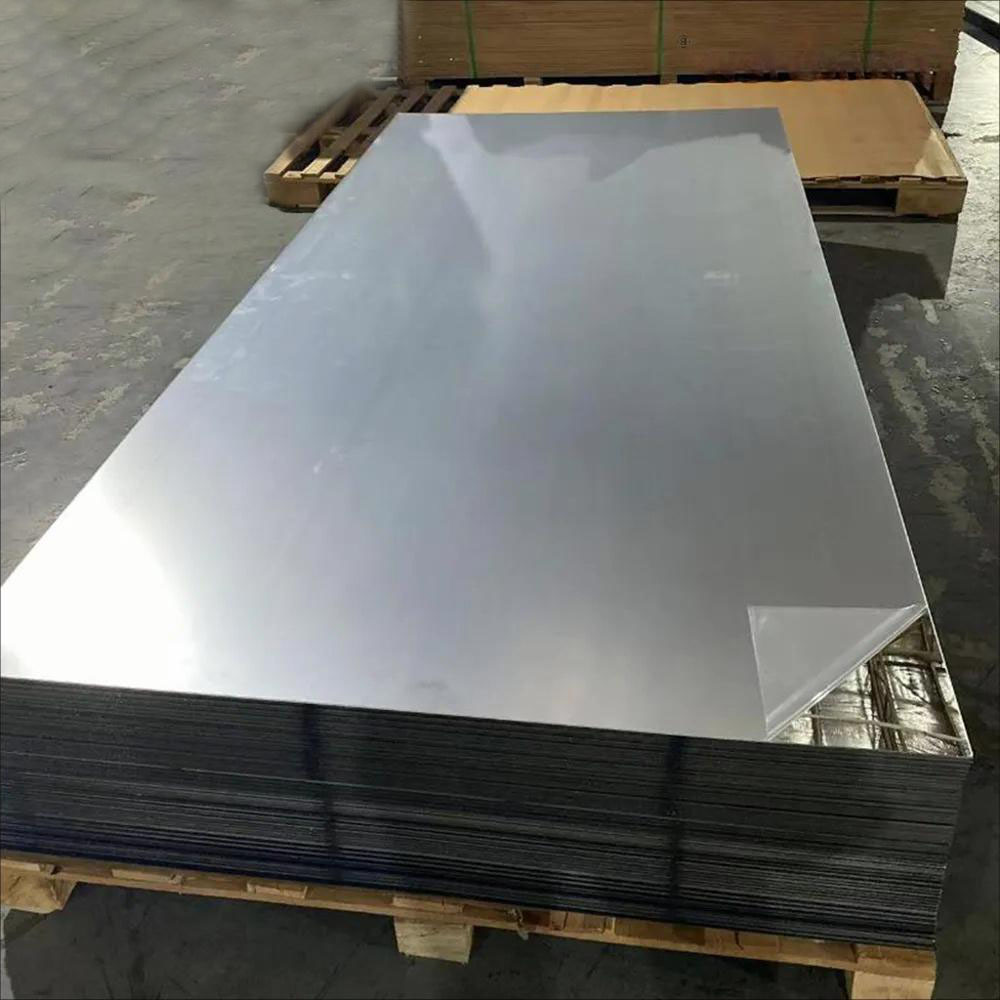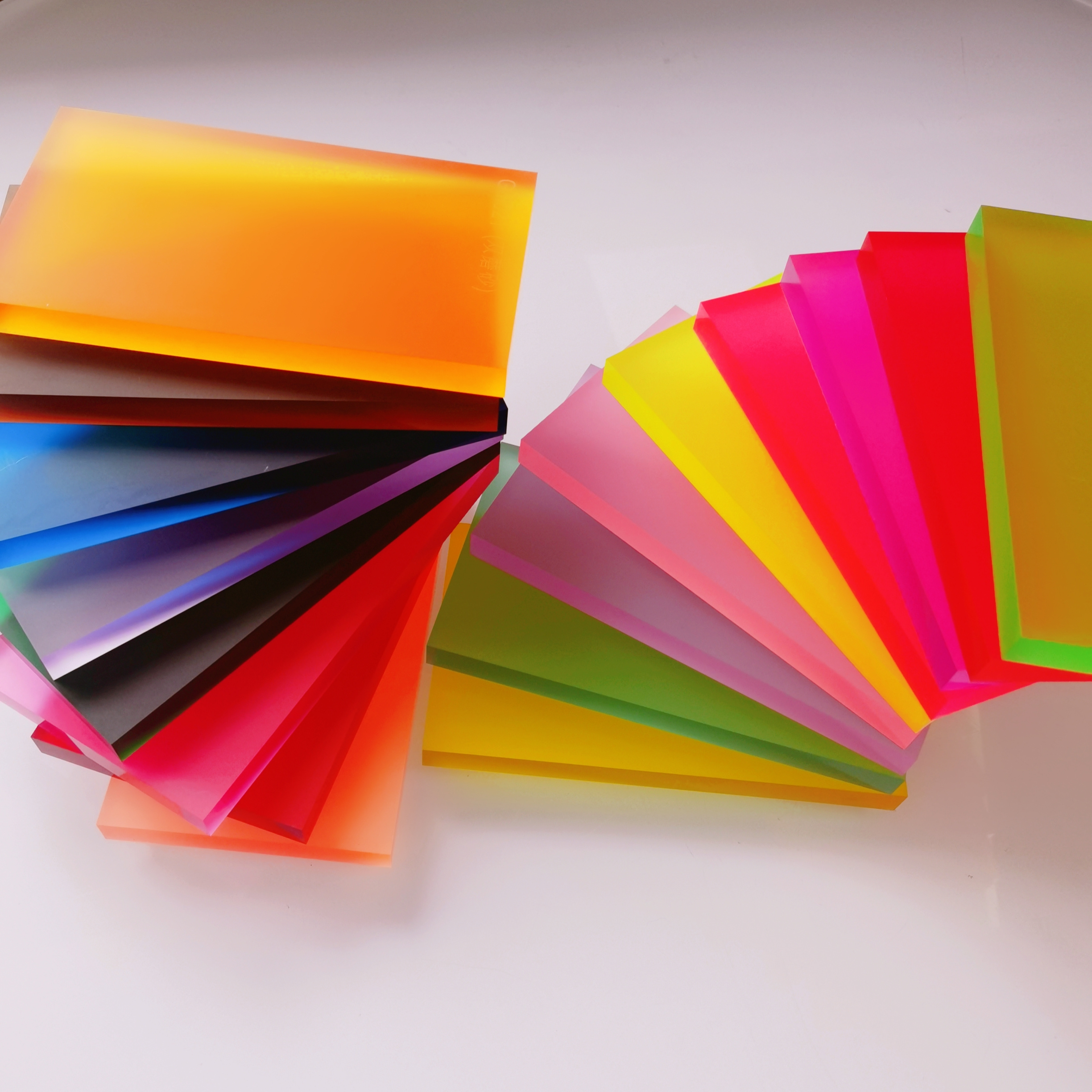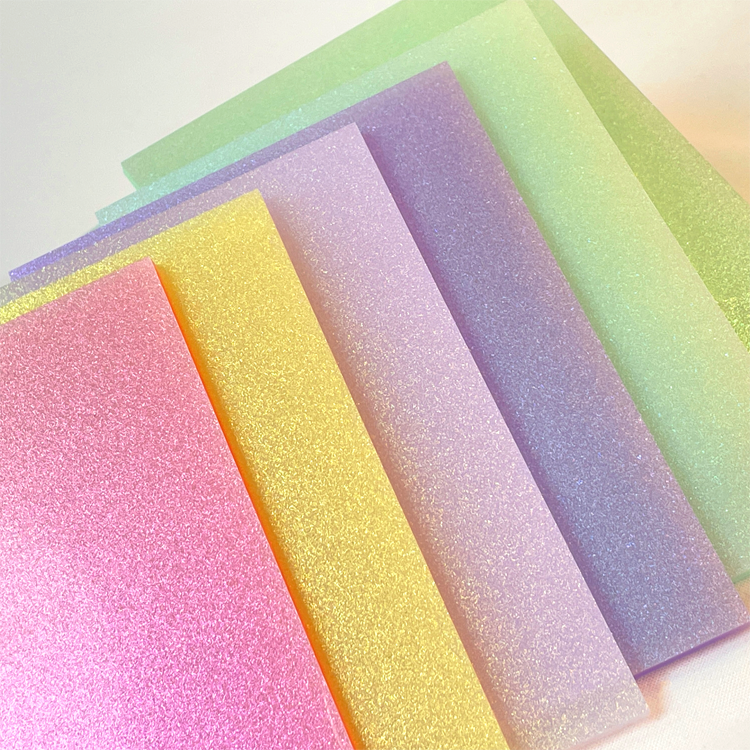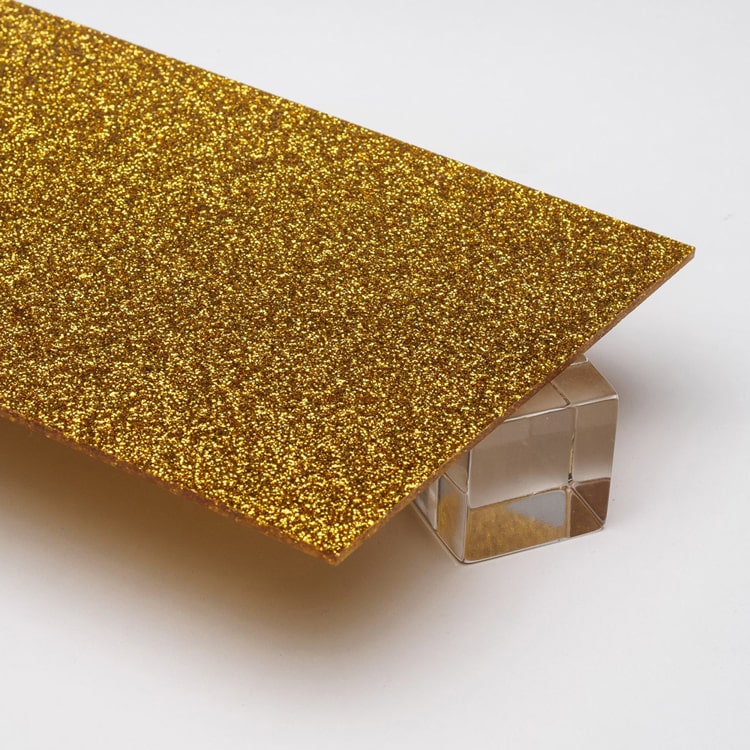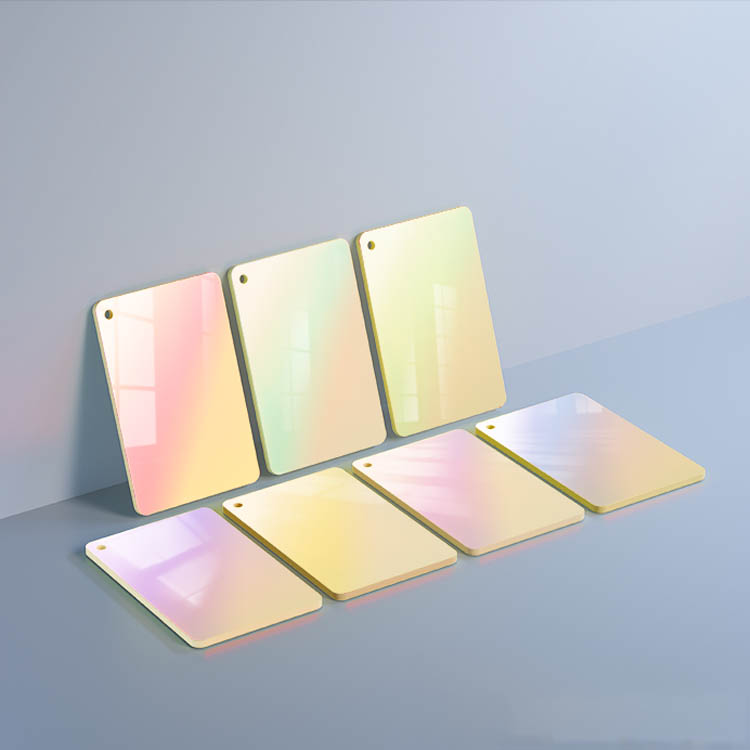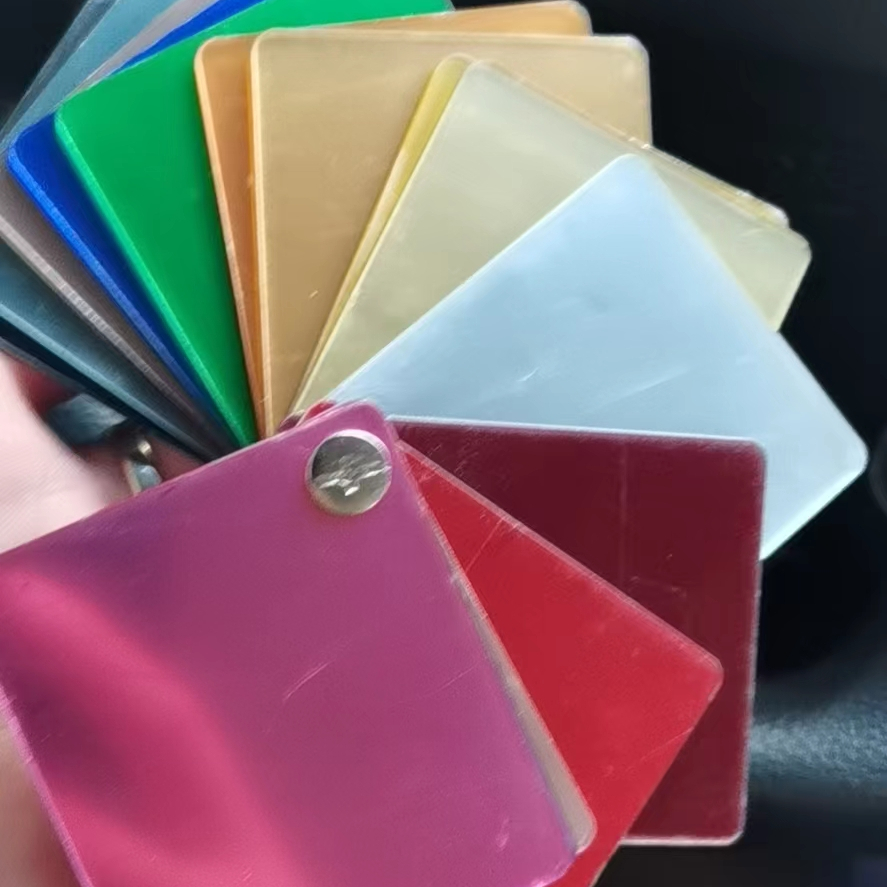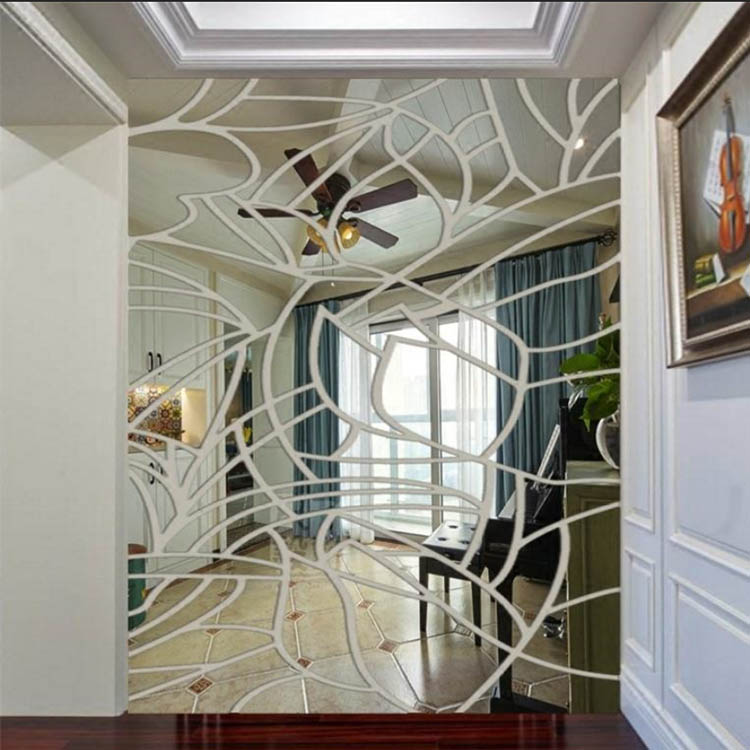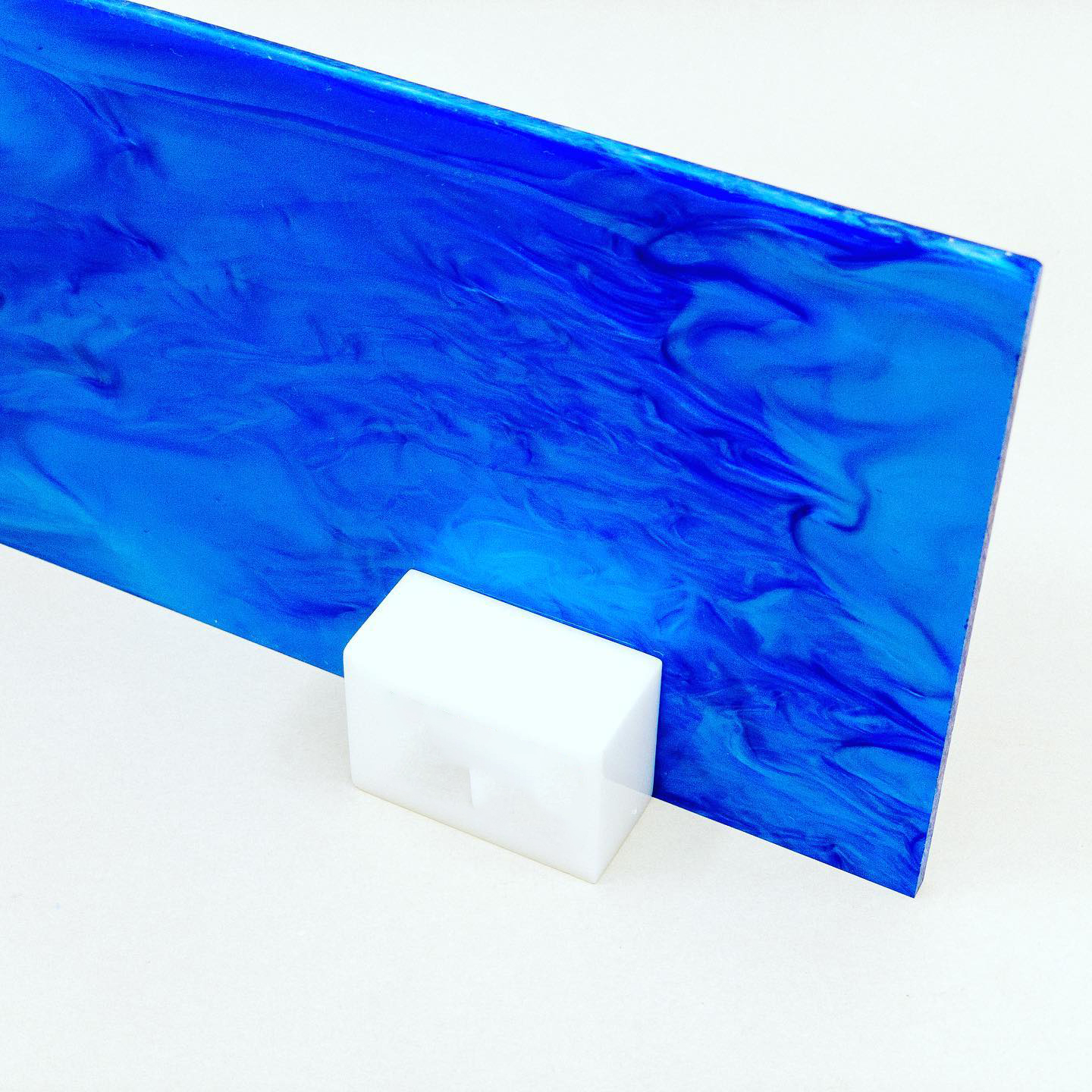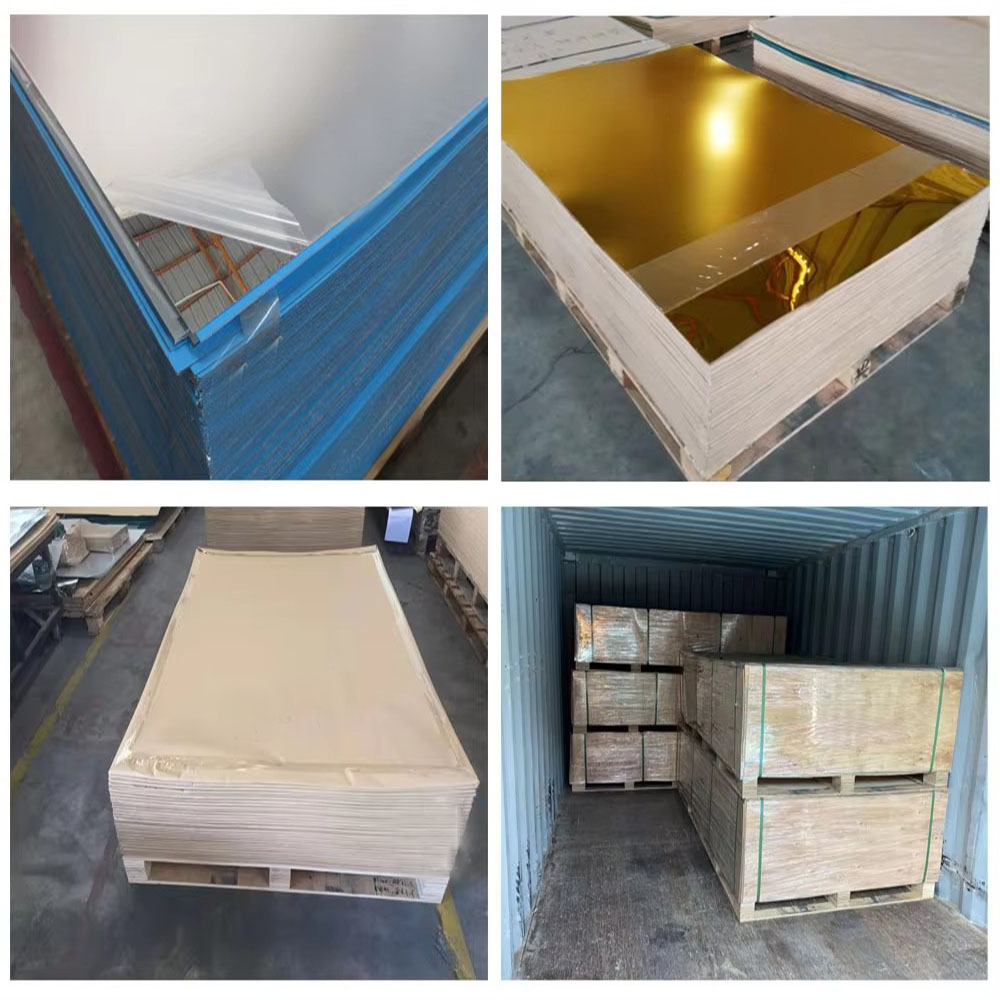Table of Contents
Acrylic, also known as polymethyl methacrylate (PMMA), is a widely used synthetic polymer renowned for its exceptional properties. From the automotive and construction industries to medical applications and consumer goods, acrylic has become one of the most versatile and reliable materials available. It closely resembles glass in many ways but offers enhanced performance benefits that make it superior in specific uses. This article explores the primary advantages of acrylic and why it remains a preferred choice for a variety of applications.
Introduction
In the world of synthetic polymers, acrylic stands out due to its unique combination of clarity, strength, and versatility. Unlike traditional glass, acrylic offers additional benefits that make it a go-to material across numerous industries. Whether you’re designing a modern piece of furniture, constructing a building, or creating custom signage, acrylic can provide both aesthetic appeal and functional durability. Understanding the key advantages of acrylic is essential when choosing the right materials for your project. In this article, we will discuss four of the most prominent benefits of acrylic and explore how these properties contribute to its widespread use in commercial, industrial, and consumer products.
1. Optical Clarity and Transparency
One of the most significant advantages of acrylic is its exceptional optical clarity. Acrylic allows up to 92% of visible light to pass through, making it more transparent than most glass options. This transparency allows acrylic to serve as a perfect substitute for glass in applications where visual clarity is crucial. Acrylic’s high light transmission ensures that it provides clear, unobstructed views without compromising brightness or aesthetic appeal.
Key Benefits:
- High Transparency: Acrylic is often referred to as “optical acrylic” because of its exceptional clarity, which is ideal for uses in optical devices, display cases, windows, and signs.
- Aesthetic Appeal: Acrylic provides a sleek, polished appearance that contributes to the visual design of any space, whether it’s used in architectural applications, art displays, or decorative fixtures.
- Visual Comfort: With its clear finish and high light transmission, acrylic helps maximize natural light flow in indoor spaces while offering long-lasting performance.
Acrylic’s transparency makes it an excellent option for products like aquariums, skylights, and signage, where high visibility and bright light are required. Moreover, the material’s clear surface can be easily polished, maintaining its optical quality over time.
2. Durability and Impact Resistance
Acrylic is well-known for its impressive durability. It is approximately 17 times more impact-resistant than glass, making it an ideal material for environments prone to impact or high traffic. Whether it’s used in outdoor signage, safety barriers, or windows, acrylic can withstand significant force without cracking or shattering. This enhanced impact resistance reduces the likelihood of accidents, making acrylic a safer choice for public spaces, homes, and businesses.
Key Benefits:
- Impact Resistance: Acrylic is resistant to cracking, breaking, or shattering, even under substantial impact, which is especially valuable in high-risk areas such as schools, hospitals, and sports arenas.
- Longer Lifespan: Unlike glass, which can become brittle and break with repeated impact, acrylic maintains its structural integrity over time, offering long-lasting durability in demanding applications.
- Reduced Maintenance Costs: Acrylic’s resistance to impact and its durability mean that it doesn’t need frequent replacements or repairs, reducing overall maintenance costs for long-term use.
Due to its durability, acrylic is widely used in automotive parts, safety shields, and military applications, where both safety and strength are paramount. Its ability to absorb shock and resist damage ensures that it performs effectively in tough environments.
3. Lightweight Nature
Acrylic is about half the weight of glass, which makes it significantly easier to handle, transport, and install. This lightweight property not only reduces shipping costs but also makes it a safer and more convenient material to work with, especially in larger projects where heavy glass would require additional manpower and equipment.
Key Benefits:
- Ease of Handling: The lightweight nature of acrylic allows for easy installation, whether it’s being used for windows, signs, or other large-scale applications.
- Lower Shipping Costs: The reduced weight of acrylic contributes to lower transportation costs, which can be a significant benefit when dealing with large quantities of material or long-distance shipping.
- Cost-Efficiency: The lightweight nature of acrylic also reduces the need for complex support structures, allowing for more cost-effective installations, especially for large pieces of acrylic in signage or architectural design.
Because of its ease of handling, acrylic is commonly used in large windows, skylights, and protective barriers, where both safety and functionality are required. For designers and contractors, the lightweight nature of acrylic makes it easier to incorporate into various projects, especially in applications that require quick setup and high visual impact.
4. Weather Resistance and UV Stability
Acrylic excels in outdoor applications due to its excellent weather resistance and UV stability. Unlike some plastics, which can degrade and yellow when exposed to UV rays, acrylic remains clear and stable even under prolonged exposure to sunlight. This makes acrylic a prime choice for outdoor signage, windows, and architectural components that need to withstand harsh weather conditions while maintaining their aesthetic appeal.
Key Benefits:
- UV Resistance: Acrylic does not yellow or degrade under exposure to sunlight, ensuring that it remains clear and maintains its reflective properties for many years.
- Outdoor Durability: Acrylic is well-suited for outdoor environments, withstanding environmental factors such as rain, wind, and varying temperatures without losing its visual appeal.
- Long-Term Aesthetic Appeal: Acrylic maintains its clarity and vibrancy for extended periods, reducing the need for replacements or touch-ups.
The UV-resistant properties of acrylic make it a popular choice for outdoor signage, lighting covers, and protective shields. Whether used in a store’s display window or as part of an outdoor sculpture, acrylic’s resilience to sunlight ensures that it will retain its beauty and functionality for many years.
Conclusion
Acrylic offers an impressive array of benefits that make it one of the most popular materials in both commercial and residential applications. Its optical clarity, durability, lightweight nature, and resistance to weather and UV exposure give it a distinct edge over other materials like glass and traditional plastics. Whether you are designing modern architecture, creating signage, or manufacturing durable consumer products, acrylic provides a reliable, cost-effective solution that delivers both aesthetics and performance.
Understanding the key advantages of acrylic helps industries make informed decisions when selecting materials for projects. Its combination of strength, lightness, clarity, and resilience ensures that acrylic remains a top choice in a variety of sectors, from construction and automotive to medical and decorative applications. When choosing materials for your next project, consider the advantages that acrylic can offer and how it can contribute to both the visual appeal and functionality of your work.

